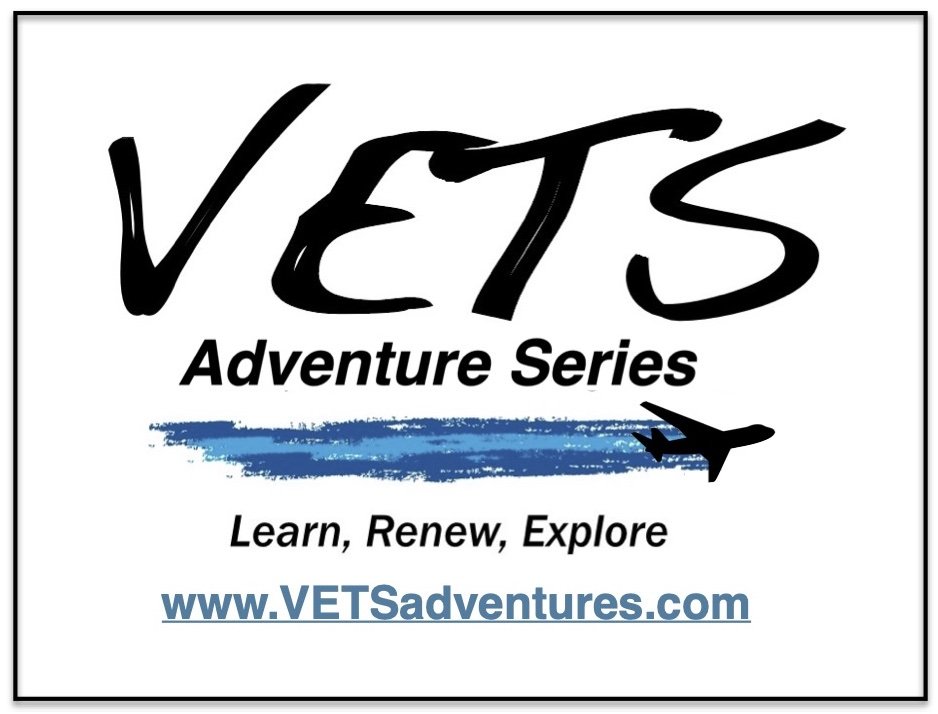A whimsical blog by Don Klingborg, DVM (with superb editing by Sophie Klingborg)
Q. When is a horse not a horse? Answer: When it’s a fish!.
One of the photos above is of a horse (Genus Equidae) (in this case named “California Chrome”) and the other is a seahorse (Genus Hippocampinae) (in this case I’ve named her “Buttercup” in honor of Dale Evans’ horse- remember Roy Rogers?).
While there is no triple crown for seahorses (nor, sadly, was there for California Chrome), there are more than 30 seahorse species within the genus and they are all threatened due to habitat degradation and consumption to feed an Asian market for “traditional medicines”.
And then there is the Sea Dragon (Genus Phycodurus), a very strange critter indeed. The photo below is a Sea Dragon with no plant material in this picture.
Seahorses (map on left) have a wide area of habitat,
Sea Dragons (map on right) not so much.
Seahorses are a fish, a carnivore and range from 1.5 to 35 cm “tall” (0.6 to 14 inches). They have a life expectancy of 1-5 years. The males have a brood pouch where the females deposit their eggs and then the male fertilizes them and sustains their “pregnancy”. The photo below is of a male “giving birth”, something our female friends have been waiting for for a very long time.
Poor swimmers, they rely on their tail to “hold on” in rough water. The fin on their back provides the propulsion, the ones on the back of their head steer
They have no teeth and suck their food (plankton and small fish or crustaceans). Their stomach is underdeveloped and they are essentially sustained by their intestinal tract however need to continuously “graze” since they can’t consume a meal, store it in their stomach and digest it later.
The Sea Dragon (a weedy variety below) is also a fish and can range up to 35 cm (~14 in) in the leafy variety, and 46 cm (18 in) in the weedy variety. They are perfectly camouflaged for their habitat in seaweed and kelp forests off southern Australia. They are related to the sea horse, and both are related to pipefish.
Their tails are not able to grip like those of the seahorse, so they simply “go with the flow” when the waters get rough.
The males are also responsible for bearing the offspring, and while they lack the pouch found in the seahorse they have a spongy brood patch under their tail where the female deposits their eggs. After four to six weeks of “pregnancy” the offspring are released and “on their own”.
Hopefully your interest is piqued, and a great afternoon awaits you at the Seahorse Hawaiian Foundation. Located just south of the Kailua-Kona airport, this group has been breeding seahorses and other endangered reef species (including Sea Dragons) for many years. As I recall they were once focused on the aquarium trade and have morphed their goals toward conserving genetic diversity, propagating endangered species and repopulating areas that can sustain these fragile creatures.
The tour is educational, fun, and when we did it three years ago we were able to have the sea horse “grab” our finger with their tail and “hang out together ” for a while – very cool. I can’t promise you that but I can promise you an aquarium room with many interesting and colorful species on display, plus a worthwhile educational program.
They won’t put together a tour for us only (we tried, they declined), but they do offer tours daily at noon and 2 pm and we think you’ll find it fun and informative. Their gift shop is cute and our granddaughters sure enjoy the T-shirts purchased there.
Check it out at the Ocean Rider Aqua Farm (www.seahorse.com), 73-4388 Ilikai Place, Kona, Hawaii (just south of the airport, same side of the road. 808-329-6840 for tour times and tickets).
Just 1.2 miles south of the Kona Airport exit, off of OTEC Road (also called Natural Energy Road). The road goes toward the beach, and then makes a 90-degree turn at the beach to the right (north) and you’ll go past the Wawalaloli Beach Park and see the entrance on your left. Go down toward the beachfront and you’ll see the signs on your right.
Enjoy!









